Rank Species | Genus Artemisia | |
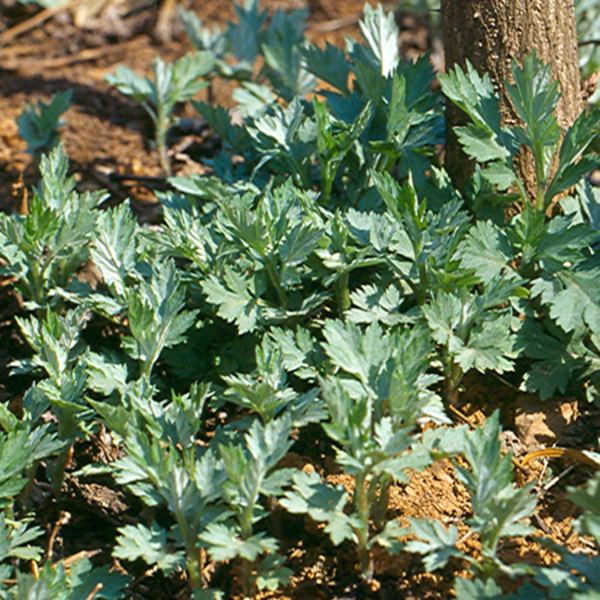 | ||
Similar Mugworts, Annual ragweed, Chameleon plant, Sweet wormwood, Artemisia campestris | ||
How to make wagashi kusamochi
Artemisia princeps, also called ssuk, Korean wormwood, Korean mugwort, and Japanese mugwort in English, is an Asian plant species in the sunflower family, native to China, Japan, and Korea. It is a perennial, very vigorous plant that grows to 1.2 meters. This species spreads rapidly by means of underground stolons and can become invasive. It bears small, buff colored flowers from July to November which are hermaphroditic, and pollinated by wind. The leaves are feather shaped, scalloped and light green, with white dense fuzz on the underside.
Contents
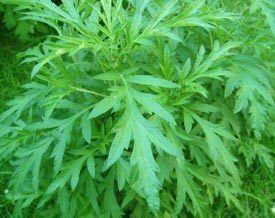
Edible uses
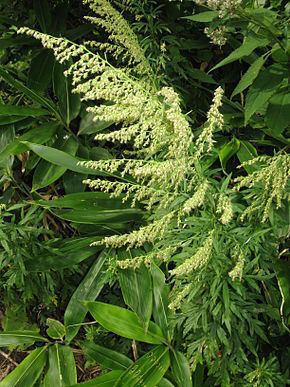
Leaves and young seedlings can be eaten raw or cooked. They can also be used in salads and soups after removal of the bitterness. The young leaves can be lightly boiled before being pounded and added to glutinous rice dumplings known as mochi to which they give a pleasant colour, aroma and flavour. Mugwort mochi can be found in many North American health food stores.
Traditional uses
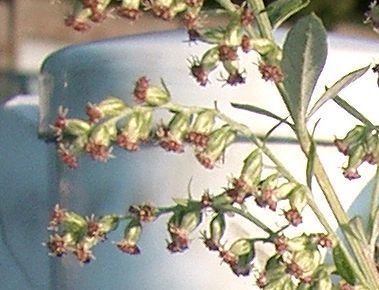
Artemisia princeps is one of the varieties of mugwort used as moxa in Moxibustion, a traditional medical practice of China, Japan, Korea, Mongolia, Tibet, Nepal and Vietnam. An evaluation of the efficacy of the smoke and water extracts of the herb found that both preparations inhibited the growth of a specific line of breast cancer cells in vitro. Phenolics from A. princeps (caffeoylquinic acids (CQA) such as 3-CQA (chlorogenic acid), 4-CQA, 5-CQA (neochlorogenic acid), 1,5-diCQA, 3,4-diCQA, 3,5-diCQA and 4,5-diCQA) alleviated the oxidative stress and enhanced the viability of certain neuronal cells in vitro.
Etymology
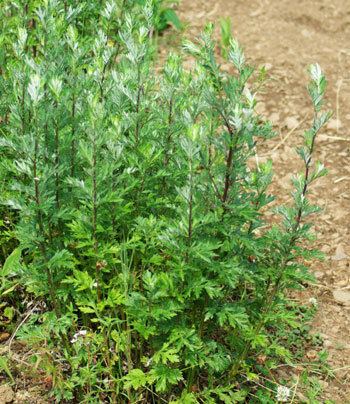
In China it is known as huanghua ai (黄花艾, literally yellow-flower mugwort). In Japan it is called yomogi (蓬) and the leaves are sometimes blanched and added to soups or rice. Its leaves, along with those of hahagohusa, are a fundamental ingredient in kusa mochi (literally "grass cake"), a Japanese confectionery, to which it imparts its fresh, springlike fragrance and vivid green coloring.
In Korea, it is called ssuk (쑥) or tarae ssuk (타래쑥) which is deeply related to Dangun Sinhwa (단군신화), legend of Gojoseon, the first Korean kingdom. It is also widely used in Korean cuisine and also as medicine. It is used for making tteok (rice cake), jeon (Korean style pancake), ssuk kimchi, (쑥김치), ssukguk (쑥국, soup made with ssuk) and so forth.
